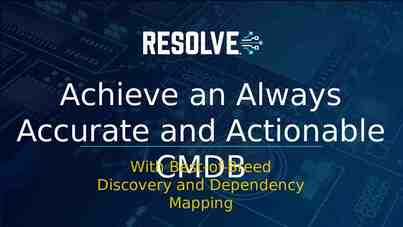Learning and development practitioners in industry: What are their
15 Slides4.60 MB

Learning and development practitioners in industry: What are their development needs? Steven Hodge

The project Funded by the Australian Institute of Training and Development (AITD) Research to model learning and development (L&D) practitioner needs Conducted by Steven Hodge (UB), Erica Smith (UB) and Llandis Barratt-Pugh (ECU)

AITD Professional Development activities AITD magazine and monthly newsletter Networking events Database of trainers which can be publicly accessed Access to member-only information, including articles, discussion forum, job listings Eligibility for national Training Excellence awards Professional recognition process Discounts on professional products and services

Challenges of modelling L&D work Diversity of L&D work Diversity of organisational settings Diversity of roles Diversity of techniques, knowledge & skills deployed in L&D Quantity, variable quality and complexity of available knowledge

Research methods Senior L&D practitioner interviews (N 16) To inform model-building Literature review To inform model-building L&D practitioner survey (N 796) To validate model and indicate needs

The model Premise Understanding L&D practitioners needs requires an understanding of skills used by practitioners as well as contexts in which these skills are deployed

The model Contexts Skills ‘Practice Domain’ ‘Individual Domain’ Roles Settings Personal Sphere Craft Sphere Allied skills

L&D practitioners: Who are they? Most were female (62%) and from NSW (35%) Average years in L&D: 14.8 Age profile: 20-29: 2.5% 30-39: 17.2% 40-49: 34.2% 50-59: 34.7% 60-69: 10.4%

L&D practitioners: Their work 32.5% worked in smaller organisations ( 500) 61.9% worked in a single organisation 7.3% reported strategic L&D approach across organisation 50.8% reported that nationally recognised training is used in their organisation(s) 85.3% reported high level of customised L&D

L&D practitioners: Their work 60% work in teams 17% described their work as ‘strategic’ 61.2% dedicated L&D role 91% planned to stay in L&D 80% affirmed the importance of networks to their L&D work

L&D practitioners: Their needs Developing networks (61.5%) Understanding the industry/ies of the organisations in which L&D work takes place (59.8%) Understanding different organisational approaches to L&D (e.g. traditional vs. strategic) (59.3%)

L&D practitioners: Their needs Understanding the business and commercial aspects of organisations (58.2%) Developing confidence in dealing with senior staff (52.4%) Understanding different types of L&D work (e.g. consultancy, operational, strategic, supervision) (51.8%)

L&D practitioners: Learning preferences Personal networks (90.3%) Reading L&D literature (85.4%) Formal face-to-face learning (73.3%) Conferences (69%) Networking events (67.6%) Formal higher education (58%) Online learning programs (53.5%) Live online learning (53.2%) Formal vocational education and training (51.3%)

Reflections on modelling L&D work ‘Archaeological’ aspect of L&D The place of face-to-face L&D in a high-tech environment Question of the unity of L&D practice

Questions?






